This article was co-authored by Eric Christensen, DPT. Eric Christensen is a Physical Therapist based in Chandler, Arizona. With over a decade of experience, Eric works in both orthopedic and neurological fields and specializes in custom orthotic prescription and casting, vestibular reprogramming, and manual therapy. He holds a Bachelor’s degree in Exercise Science with a focus in Sports Medicine from Colorado State University and a Doctor of Physical Therapy from Regis University. In practice, Eric takes a developmental approach to rehabilitation utilizing the Selective Functional Movement Assessment. He uses functional movement patterning and manual therapy to return patients to prior levels of function.
There are 10 references cited in this article, which can be found at the bottom of the page.
This article has been viewed 25,015 times.
The McConnell technique is an easy way to tape your kneecap, and can help relieve or prevent knee injuries. Lie with your knee totally relaxed and slightly bent, and apply a hypoallergenic underwrap to prevent skin irritation. Gently pull your kneecap towards the inside of your leg, and use strips of rigid sports tape to hold it in place. Remove the tape carefully by using your fingers to slowly guide the tape away from your skin. Before taping, you should consult a physical therapist or other medical professional to ensure it’s the right solution for your particular condition.
Steps
Applying the Underwrap
-
1Clean and dry your knee. Wipe your knee with a damp washcloth and, if necessary, a mild soap. Wash away grease, sweat, and any soap residue, then dry your knee thoroughly.[1]
- Making sure your knee is clean and dry will help prevent irritation. You can also shave the area 12 hours prior to taping if it will be taped repeatedly. This will help reduce pain when the tape is removed.
-
2Lie with your knee relaxed and slightly bent. Lie with your back propped up or supported and legs outstretched in front of you. Your knees should be completely relaxed and slightly bent. To help keep your knee bent and relaxed, place a rolled towel under it.[2]Advertisement
-
3Cover your kneecap with a low irritant tape. You’ll use rigid sports tape to perform the actual McConnell technique. However, sports tape can be irritating and uncomfortable, so you should first cover your entire knee with a strip of low irritant, hypoallergenic tape.[3]
- A permeable, breathable white cotton tape is a good underwrap option.
-
4Mark your kneecap's boundaries on the underwrap. Use a marker or pen to gently trace all four sides of your kneecap. This will define your work surface on the underwrap layer.[4]
- It’ll be easier to apply the sports tape properly if you can actually see the kneecap’s boundaries.
Applying the Rigid Sports Tape
-
1Cut a strip of adhesive rigid sports tape. Use non-stretch adhesive sports tape for the McConnell technique. Cut a two to three inch (five to eight cm) strip, or enough tape to cover your knee from outer to inner edges.
- Sports tape with a width of 38 mm (1.5 inches) is the best size for knee taping.[5]
-
2Use the tape to gently push your kneecap inward. Apply one end of the tape to the outer edge of your kneecap so the tape is vertically centered with the knee. Adhere the tape to your skin in a downward direction toward the lower inside corner of your knee, and use your thumb to gently push the kneecap toward the inside of the leg.[6] [7]
-
3Pull the skin on the inside of the leg toward the kneecap. While moving the kneecap and applying the tape, use your fingers to carefully pull the skin on the inside of your leg toward the kneecap. Your goal is to push the kneecap toward the inside of your leg, wrinkle the skin there so it meets the kneecap, and use the tape to hold them tightly together.[8]
-
4Apply a second strip to secure the hold. Place one edge of the second strip of tape on the outer edge of your knee and, again, make sure it’s vertically centered with your kneecap. Secure the tape to your skin in a straight, horizontal motion. The tape should make a straight line from the outside of your knee to the inside.[9]
- Apply one to three more layers of tape until you feel your desired level of tightness and support.[10]
-
5Make sure you see some wrinkling of the skin. Make sure you’ve created skin wrinkles on the inside part of your knee. These wrinkles should run vertically, or up and down, and you should be able to see them through the underlay.[11]
- Wrinkling of the skin results when you pull the kneecap inward and secure it to the skin on the inside of the leg.
Removing the Tape
-
1Keep the tape on for up to 48 hours. Wear the tape during physical activity as directed by your physical therapist or another medical professional. In general, you should remove the tape within 48 hours of application.[12]
- As strength, range of motion, and balance improve, keep the knee taped for shorter periods of time during general activities. Work towards taping it only for higher risk activities, like sports.
-
2Place pressure on the skin as you remove the tape. Hold your kneecap as you slowly peel off the tape to prevent worsening an injury. Place your fingers as close as you can to the tape’s line of attachment, or where it meets your skin. Follow the line with your fingers as you pull the strip of tape to guide it off of your skin.[13]
- Pulling too fast can cause skin irritation or abruptly force the kneecap out of position.
-
3Remove the tape promptly if you experience adverse symptoms. Remove the tape immediately if it worsens your pain. Take the tape off if you experience discoloration, pins and needles, or swelling after applying the tape. Tell your physical therapist or other medical professional about these or any other adverse symptoms that result from taping.[14]
- It’s best to consult a medical professional before taping, especially if you have circulatory problems, a knee fracture, or are allergic to sports tape.
Expert Q&A
-
QuestionWhat is the purpose of McConnell taping?
 Eric Christensen, DPTEric Christensen is a Physical Therapist based in Chandler, Arizona. With over a decade of experience, Eric works in both orthopedic and neurological fields and specializes in custom orthotic prescription and casting, vestibular reprogramming, and manual therapy. He holds a Bachelor’s degree in Exercise Science with a focus in Sports Medicine from Colorado State University and a Doctor of Physical Therapy from Regis University. In practice, Eric takes a developmental approach to rehabilitation utilizing the Selective Functional Movement Assessment. He uses functional movement patterning and manual therapy to return patients to prior levels of function.
Eric Christensen, DPTEric Christensen is a Physical Therapist based in Chandler, Arizona. With over a decade of experience, Eric works in both orthopedic and neurological fields and specializes in custom orthotic prescription and casting, vestibular reprogramming, and manual therapy. He holds a Bachelor’s degree in Exercise Science with a focus in Sports Medicine from Colorado State University and a Doctor of Physical Therapy from Regis University. In practice, Eric takes a developmental approach to rehabilitation utilizing the Selective Functional Movement Assessment. He uses functional movement patterning and manual therapy to return patients to prior levels of function.
Physical Therapist The goal of McConnell taping is to shift your kneecap position more to the inside. To do this, you'll need to use a stiff, rigid tape.
The goal of McConnell taping is to shift your kneecap position more to the inside. To do this, you'll need to use a stiff, rigid tape.
Things You’ll Need
- Rolled towel
- White cotton tape or other hypoallergenic tape
- Adhesive rigid sports tape (size 38 mm is best)
- Scissors (if your tape isn’t pre-cut)
References
- ↑ https://www.kinesiologytapeinfo.com/how-to-apply-kinesiology-tape-step-1-preparation/
- ↑ https://www.physio-pedia.com/Patellar_Taping
- ↑ https://physicaltherapykansas.com/services/mcconnell-taping/
- ↑ https://www.youtube.com/watch?v=sMJBHBiZjCs&feature=youtu.be&t=68
- ↑ https://www.physioadvisor.com.au/health/taping-techniques-lower-body/knee/
- ↑ https://www.youtube.com/watch?v=sMJBHBiZjCs&feature=youtu.be&t=104
- ↑ Eric Christensen, DPT. Physical Therapist. Expert Interview. 17 March 2021.
- ↑ https://www.physio-pedia.com/Patellar_Taping
- ↑ https://www.youtube.com/watch?v=sMJBHBiZjCs&feature=youtu.be&t=125
- ↑ https://www.physio-pedia.com/Patellar_Taping
- ↑ https://www.youtube.com/watch?v=sMJBHBiZjCs&feature=youtu.be&t=161
- ↑ https://www.physioadvisor.com.au/health/taping-techniques-lower-body/patella/
- ↑ https://www.physioadvisor.com.au/health/taping-techniques-lower-body/patella/
- ↑ https://www.physioadvisor.com.au/health/taping-techniques-lower-body/patella/
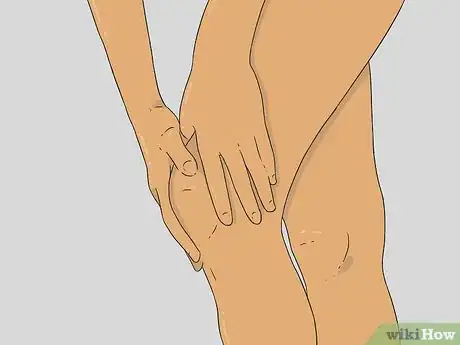
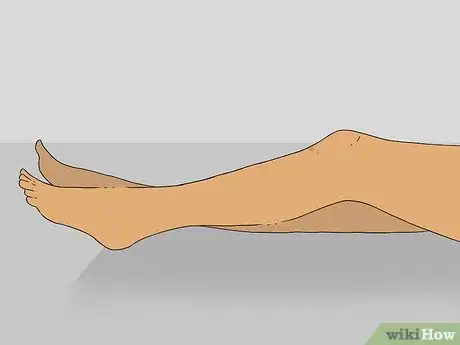
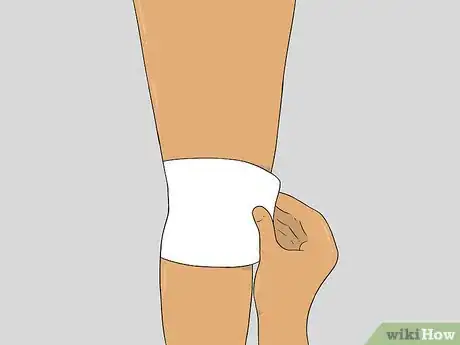
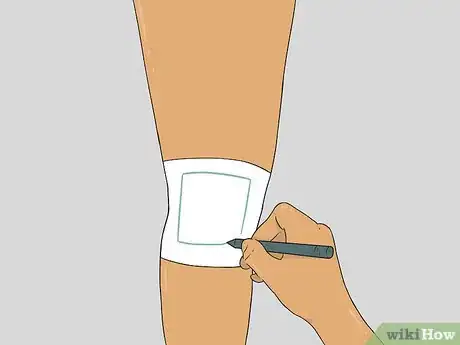
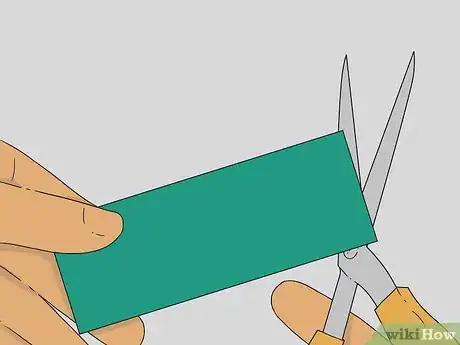



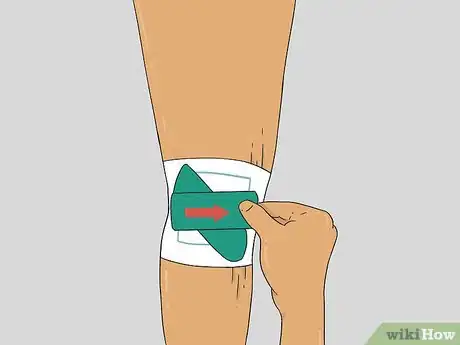
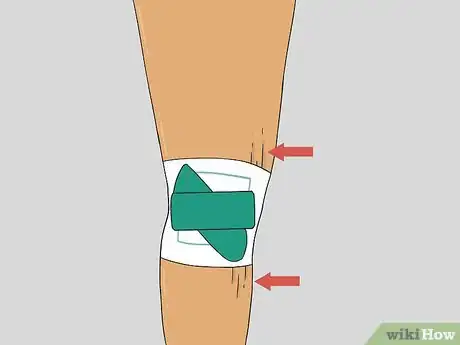
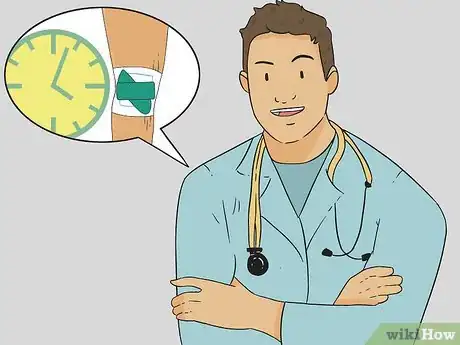
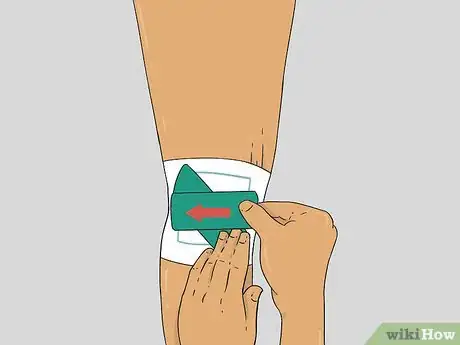

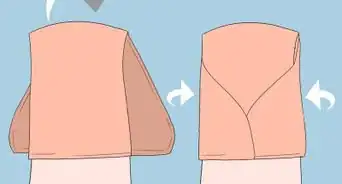

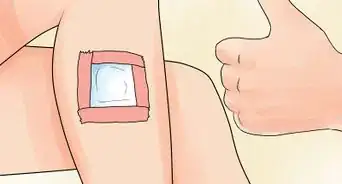

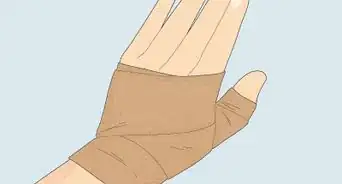



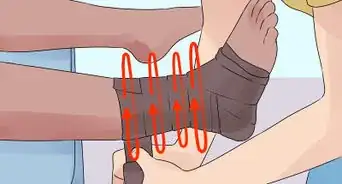
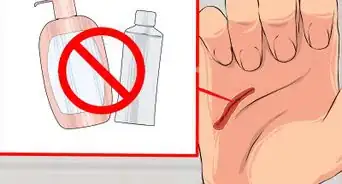
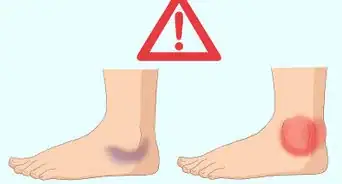









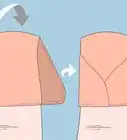






































Medical Disclaimer
The content of this article is not intended to be a substitute for professional medical advice, examination, diagnosis, or treatment. You should always contact your doctor or other qualified healthcare professional before starting, changing, or stopping any kind of health treatment.
Read More...